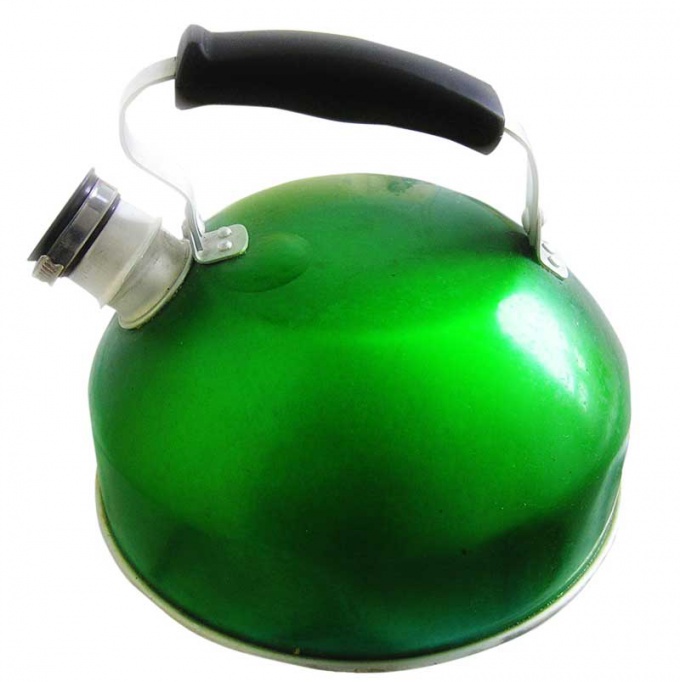You will need
- Kettle
- Lemon or acetic acid
- Soda
Instruction
1
In sale there are special mixes for descaling the kettle, but why spend money in vain. Just take one packet of this mixture in hand and carefully read its composition. You'll be amazed that anything supernatural will not find. The main ingredient of such mixtures is the most common citric acid.
2
Any water, except distilled, has in its composition a certain percentage of mineral salts. The higher the percentage, the harder it will be to consider water. Mitigate it can be a conventional boiling. Salt the water and drop out as sediment, but to go from kettle them nowhere, so they are deposited on its inner surface a dense layer.
3
This layer you will hardly be able to remove during normal washing of the kettle. Attempts to scrape it with a knife can irrevocably ruin a pot so you need to act differently. Salt is a chemical sediment, to influence them, therefore, should also chemically.
4
Fill the kettle with water, add a tablespoon of citric acid. In the absence of such you can take and acetic acid, but then have to rid also specific acetic odour. Boil the kettle and let it simmer. To prevent automatic shut-off kettle, its lid slightly open. After 5-10 minutes, turn off the water, but do not throw away immediately, cooling down, it will continue to affect the scale.
5
If the scale was a little, such one-time treatment is enough. If the walls are still covered in a patina, apply a damp sponge with a little baking soda, RUB it on the walls. Again pour the sour kettle with water and boil it again.
6
Even the most stubborn cork will disappear under the influence of the reaction between the acid and soda. Do not forget to carefully rinse the kettle after cleaning. The first boiled water is better too, drain in the sink. Try to clean your kettle at least once in a few months.
Useful advice
If you don't have citric acid, replace it with fresh lemon
